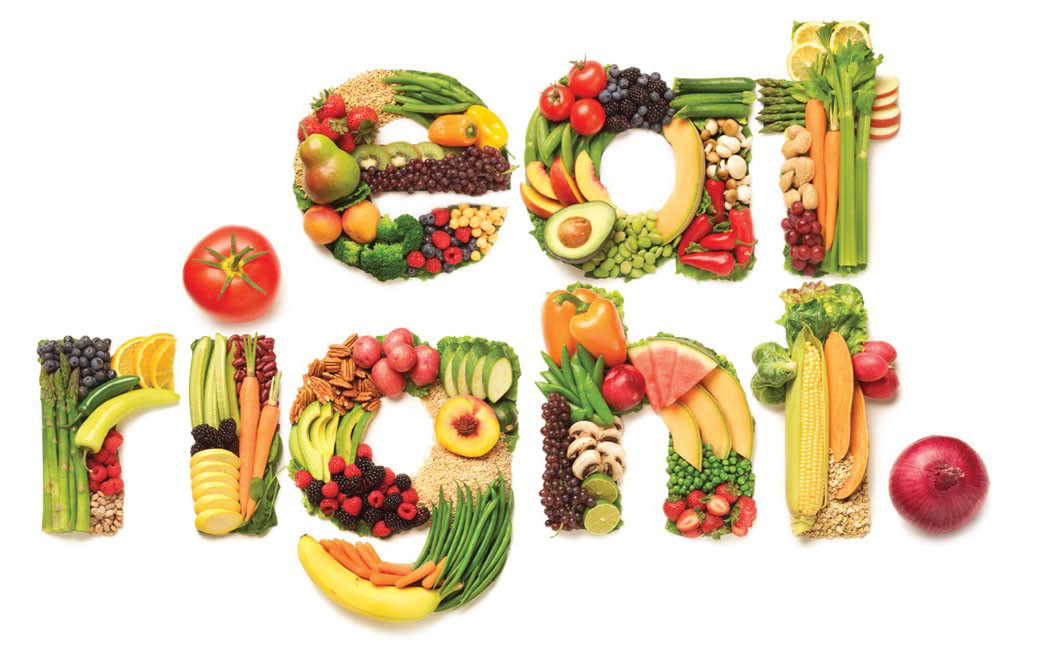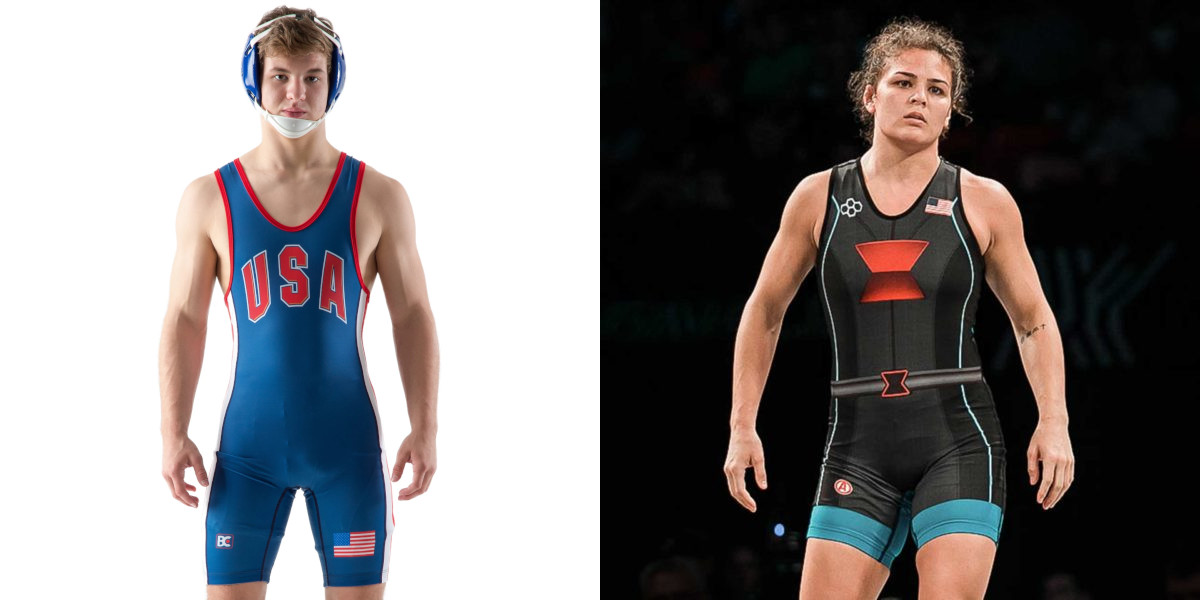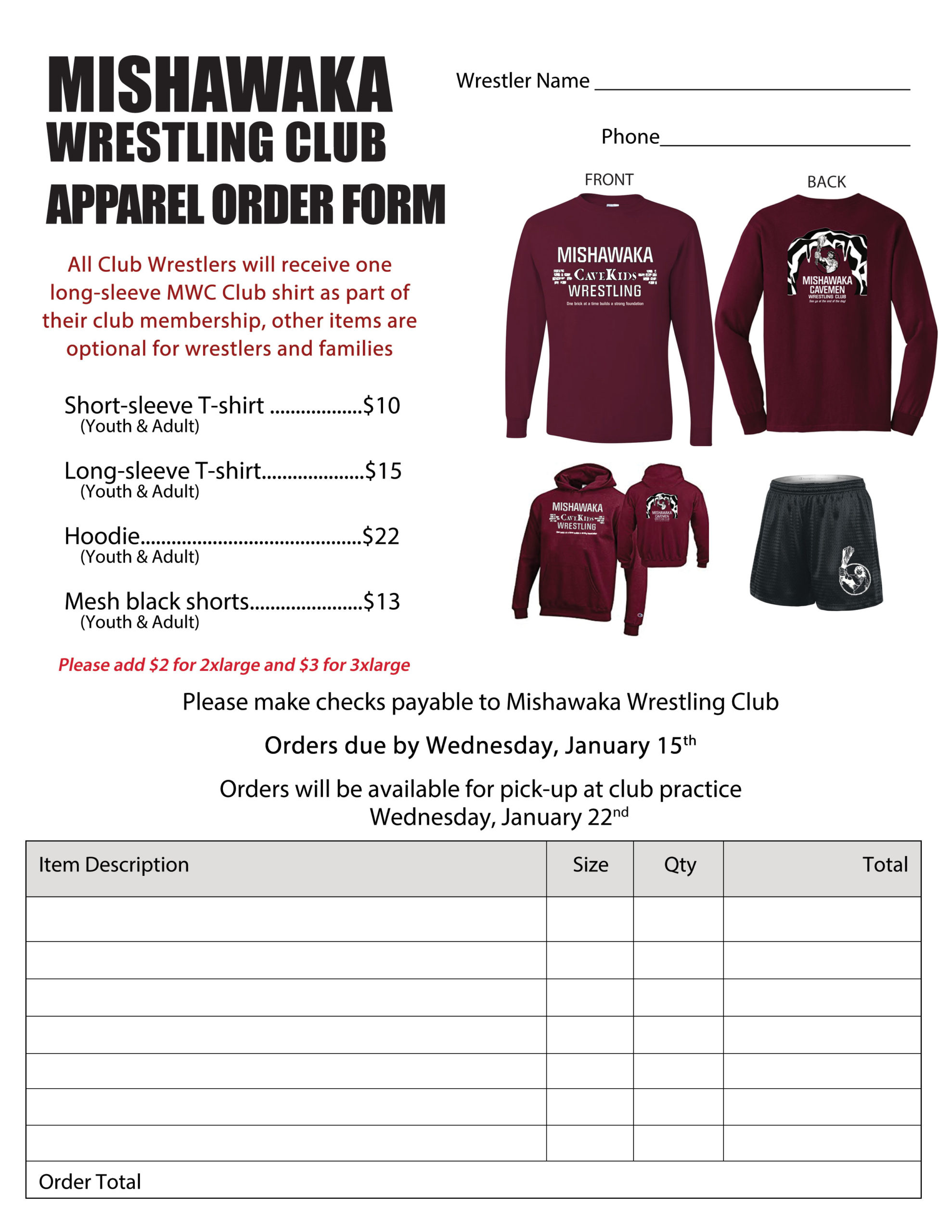Correcting the many misunderstandings about an amazing sport
Whether you compete in amateur wrestling, are a parent of a wrestler, a coach, or an alumni of any program, you know there are certain truths and myths about the sport. Those who have been committed to this sport at any level know of the many life lessons learned on the mat and influence of those in the wrestling room. Wrestling gives back more than it takes. It instills virtues such as hard work, dedication, discipline, focus, and mental toughness.
Unfortunately, there are many with a narrow and misinformed point of view about wrestling as a sport and wrestlers as athletes. Some of those myths are that wrestlers are meatheads, that the wrestler who is strongest will win, or that good wrestlers make poor athletes in other sports. The reality is that those who excel at wrestling tend to be those who use their intelligence, skill and agility, and approach the sport like a strategic chess match between two opponents. Having tremendous strength can do wonders, but without intellect and technique, that strength may not be worth all that much.

Another common myth is that wrestlers frequently starve themselves to “cut” or make weight. This may have been true in the past, but there are rules and practices put in place today that not only discourage this practice, but prevent it outright. Most state high school athletic associations have pre-season weight checks which set a range of weight in which a wrestler will be permitted to compete within during the entire season. Hydration tests are utilized to ensure wrestlers’ safety, as well. The general health and wellness of athletes is observed during weigh-ins as yet another measure. Discipline in the wrestling room during practice extends to discipline in diet and caloric intake as a part of the sport.

To wrestle competitively, athletes must maintain high levels of energy and nutrition. This is no more true than when we look at the types of competitions wrestlers participate in. Wrestlers aren’t limited to dual meets during weeknights. They also compete in weekend tournaments in which they may wrestle 4, 5, or more times in a given day over several hours. Meal planning, and discipline in the quality and caloric density of foods eaten, plays a significant part of the sport. However, this teaches great habits for a lifetime of eating healthy, nutritious foods.
That wrestlers get injured often is another misconception about the sport. Wrestling comes in 6th place for persistence of injuries to high school athletes, with 1/10th the number of injuries as other popular sports. Additionally, the types of injuries suffered by wrestlers tends to be far less significant than those in other sports. Here is the list for injuries to high school athletes by sport from the latest school year this data is available:
- Basketball – 119,589
- Football – 118,886
- Soccer – 45,475
- Baseball – 27,208
- Gymnastics/Cheerleading – 22,671
- Wrestling – 18,174
Wrestlers are also often mistaken for single-sport athletes. That couldn’t be farther from the truth. Because wrestling promotes balance, body awareness, positioning, and leverage, the skills learned in wrestling translate extremely well to other sports. Consider the footwork, explosiveness, and low center of gravity taught in wrestling – those traits are championed in every position played on the football field. Even the psychological aspects of wrestling, such as reading your opponent, picking up on “tells” such as body movement, and processing eye movement can be utilized in everything from tennis, basketball, soccer and all sports in between.
But singlets are ridiculous! That’s a concept we should quickly get over. While other options such as compression shirts and shorts (similar to what you might see cyclists wear) are becoming more broadly accepted, there is nothing inherently wrong with singlets. In fact, singlets have been the standard uniform in wrestling for so long because of its function. Fingers can get caught in loose clothing, providing an opportunity to illegally grab that clothing or the misfortune to break or hyper-extend a joint. Many of the rules in wrestling for scoring takedowns, calling pins, as well as catching illegal holds, require a clear view of each competitor’s body. Singlets have always, and still serve to fulfill these necessities of the sport. Headgear, shoes, knee pads or leg coverings, as well as hair treatments (for those with longer locks) are all heavily regulated and enforced in wrestling to ensure a level playing field and safe environment for wrestlers to compete.

The last wrestling mythbuster for this article is this – that wrestling is gross! There is sweat, touching, and the potential for skin conditions. There is touching in every sport, whether that be tangling on the line or tackling opponents on the gridiron, posting up on the court, or simply shaking hands after a good game. That said, the words “ring worm” are the most feared in the wrestling room. At the end of the day, ring worm is just a simple fungal skin condition similar to athlete’s foot. A ton of preventative measures are taken to clean and sanitize the mats and other equipment used in the wrestling room. Skin checks are done at every tournament to ensure athletes are not competing with any skin conditions. Additionally – and this is arguably the most important part – preventing skin conditions is an individual responsibility. Basic, but thorough hygiene practices such as showers immediately after practice or meets, sanitizing gear, and washing workout clothes/singlets properly will prevent contracting a skin condition.
Wrestling is a demanding sport. It isn’t for everyone. However, many of the issues which parents or families use as arguments against the sport are flawed or completely untrue. The United States Olympic Wrestling team has been surging internationally, and it is because of how well we are developing athletes across the country. In order for wrestling to get bigger and become more mainstream, we must collectively oppose the distortions of myths with the truth.
Have any additional myths worth busting? Comment below. We’d love to hear your thoughts and add to the discussion. We may follow this post up with a more comprehensive list in the future, but until then, let’s get on the mat and build better athletes together within the Mishawaka Wrestling program!








Here’s another myth: That wrestling is only for boys and men. That couldn’t be further from the truth. Women’s wrestling has been an Olympic sport of a number of Summer Olympic games. Young women have been wrestling on high school teams for decades. High schools around the country and in our region are developing entire girls’ wrestling programs. A large number of colleges have formed women’s wrestling teams and began offering athletic scholarships to those women wrestlers!